Your basket is currently empty!
What are Gemstone Inclusions? Gemmology with Chalmers Gems
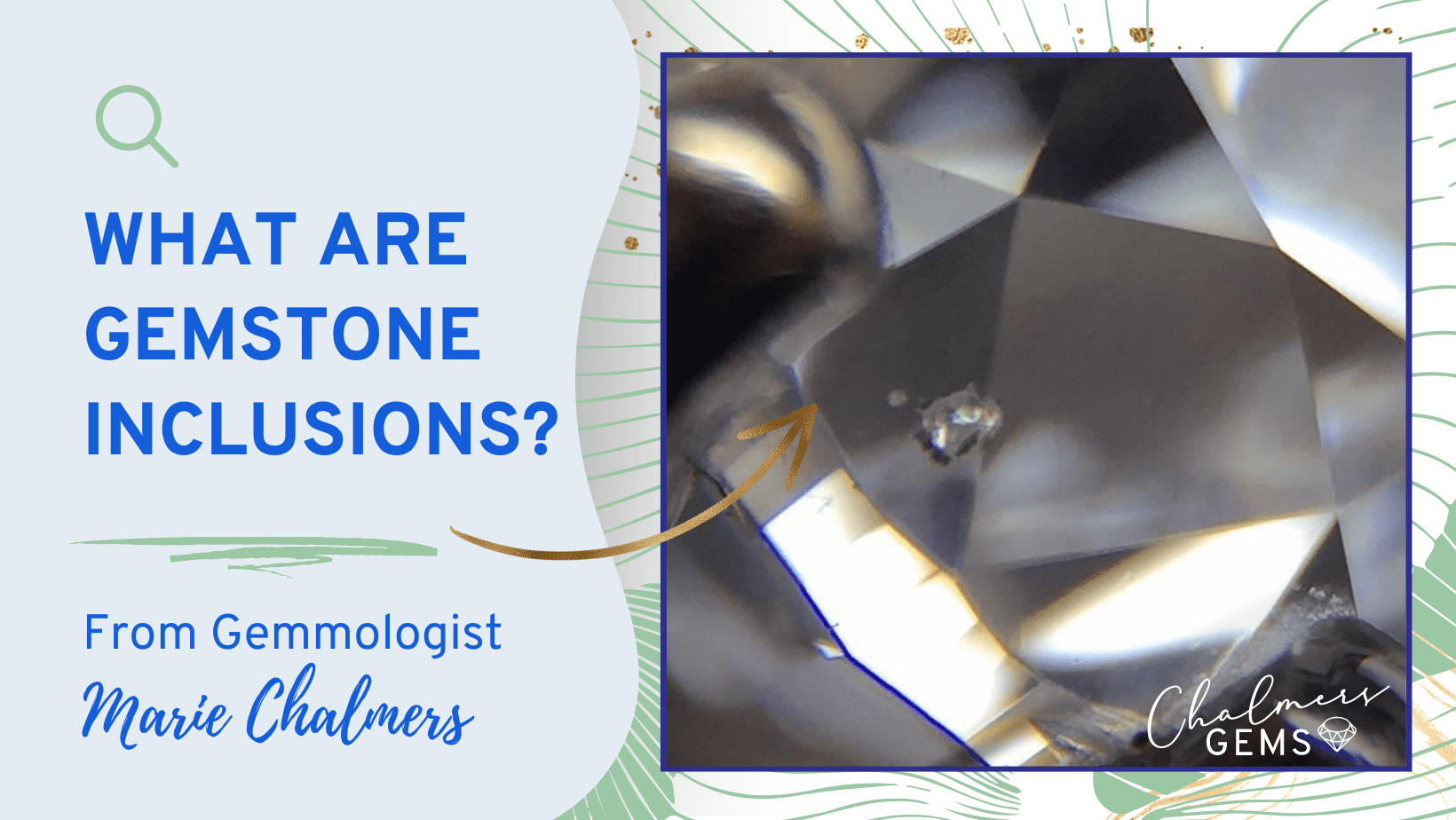
By Marie Chalmers FGA DGA
Let’s talk about Inclusions!
I’m Marie Chalmers, I’m a Gemmologist, and I’m going to talk you through Gemstone Inclusions.
What is a Gemstone Inclusion?
An Inclusion is something that has been trapped inside another Mineral as it was forming. This could be all sorts of different materials. So, if you look at Prehnite – you have Epidot, which has been trapped inside. You can get Rutile trapped inside Quartz. You can even get Diamonds trapped inside Diamonds. That’s an exciting find!
Sometimes it’s not possible to identify the Inclusion, but we like all Inclusions because they are a little view of what was going on as that Gemstone formed inside the Earth.
Why do we love Inclusions?
Well, for a Gemmologist, they are actually a really important part of our job. When identifying Gemstones, we look for certain features of each of the Gemstones. Inclusions are one of those features. It is a Gemmologist’s job to identify the material, to tell you if it is real or manmade, and to tell you if it has any treatments. The Inclusions are the key to that.
Inclusions are also really fascinating because they can tell us a bit of the history of that Gemstone. We don’t know what went on deep inside the Earth, but these Inclusions can give us some clues.
Finally, Inclusions make each Gemstone unique, so you always have something special when you buy a Specimen with an Inclusion.
How do Inclusions affect the value of the Gemstone?
That’s a question I get asked quite a lot. And actually, it is very dependent on the material itself. If we take Diamonds, for example, Diamonds are valued for their clarity, and the clarity is how free from Inclusions or how many Inclusions they actually have. Therefore, any Inclusion would severely affect the value of the Stone.
Lots of Gemstones have their value increased by the Inclusions, and that is dependent on the Gemstone and the type of Inclusions it has.
Suppose we think about Amber, for example. Amber is known to the public and is a very well-recognised Gemstone. But everyone would like to see a bug within their Amber. So, the Amber or Copal found with an insect or bug Inclusion will definitely sit at a higher price point than Amber without Inclusions.
Enhydros will definitely add value to your Gemstones, especially a visible enhydro. An enhydro is where the Gemstone was growing; it created a cavity, liquid has got trapped, and a little bubble is trapped inside, and that is from its growth process. So, this bubble can be very very old and it’s just a little view into history. But it also looks a little like a spirit level, and you can move the Gemstone, and the bubble will move from one end to another. Now, that’s going to considerably affect that material’s value because that is really rare, very collectable and therefore impacts its price.
I think my favourite ever Inclusion was when I found a Diamond inside a Diamond! This miracle of nature was created when one Diamond was growing, and then another Diamond grew around it, and the original Diamond has now become an Inclusion in the main body of the second Diamond.
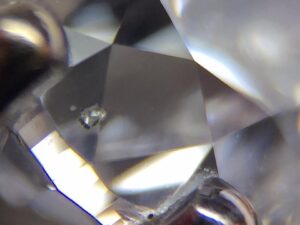
It does happen with other Minerals, so sometimes Garnet is also found within Diamonds. For a Gemmologist like me, it is the best day to find a Diamond inside a Diamond!
Unfortunately, these natural Inclusions do not increase the value of the Diamond. I wish it did! If it was sold to a Collector or a Gemmologist – someone like me who is really excited and fascinated by it, it might have a slight increase in price. Within the mass market, it is seen as an Inclusion within the Diamond, lowering the value of the material as it reduces the clarity.
Inclusions can actually create the most fabulous optical effects within the Gemstones themselves so if we take a Star Sapphire, for example, it’s fine Rutile needles that are creating that absolute phenomenon. So, Inclusions can add a whole other level to the Gemstone.
So if I think about Peridot, it commonly has an Inclusion called a “lilypad Inclusion” and a Chromite Inclusion with a fracture around it which makes it look like a lilypad. That is used to identify Peridot. We don’t find that Inclusion in any other Gemstone. So, it can be absolutely critical for a Gemmologist to know and understand Inclusions to be able to identify Gemstones.
A natural Gemstone has very particular Inclusions, and some of those Inclusions will help us identify the material and the origin of the material. For example, a three-phase Inclusion in an Emerald will help us identify that material as coming from Columbia.
The origin of the Gemstone can affect its value, so that’s actually quite important. But also, as a Gemmologist, who doesn’t love a three-phase Inclusion?!
Does an Inclusion weaken the Gemstone?
Well, that would be very much dependent on what the Inclusion was and what the material is. Generally speaking, the answer is no – it wouldn’t weaken the material to have small Inclusions. Most Inclusions need to be seen under magnification, so they are very small within the Stones. However, if you were to have a large fractures within the Gemstone or Mineral, that would weaken the material’s structure. So it is dependent on what the material is and what the Inclusion is.
Inclusions and Gemstone Treatments
The Inclusions are key to identifying if a Gemstone has been treated. So a lot of the Gemstones are treated by heat, for example, and something the Inclusions will have expanded under heat, and so that will be an identifying feature to tell us that material has indeed been treated and, therefore, that will affect its value.
There are a lot of manmade Gemstones on the market, and the Inclusions in a manmade material are very different to natural Inclusions. So a natural Inclusion will be anything that was growing around the time that the Gemstone itself formed or that it’s formed around.
So, a manmade Inclusion will be something that was present as it was manufactured in a factory. So maybe a little bit of metal from the equipment or some particular growth patterns could stand out as an identifying feature. If we just take Sapphire as an example for a second and look at the formation of the Sapphire, we often get colour zoning within the Sapphires, which is an angle of a hexagon a very specific angle that helps us identify it. Now when they make Sapphire in a laboratory, they will also exhibit colour zoning, but that will be a round curved line. That can absolutely help us identify whether Sapphire is natural or manmade.
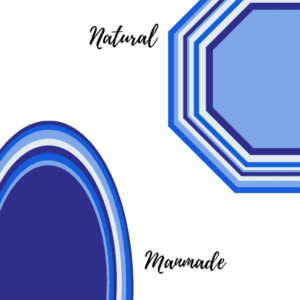
Should you purchase a Gemstone with Inclusion within it?
That is down to personal preference. Sometimes Inclusion can enhance the Gemstone and offer a huge focus point of the material, and sometimes, it can really devalue the material and can be quite ugly. I think it is down to aesthetics; you either really appreciate the Inclusion, or you really don’t like them within your Gemstone. So it’s up to you, but if you think about the most valuable Gemstones in the marketplace, the pieces that sell for hundreds of thousands to millions of pounds, those tend to be very free from Inclusions and the highest purity material.
Personally, I love Inclusions, I’d love to have it exhibited as part of the Gemstone, but I also can really appreciate an extremely clean and pure Gemstone as well. Let me know what you think in the comments.
Gemstone Inclusions are one of the most fascinating parts of Gemmology; it’s certainly one of the reasons I am a Gemmologist. I can’t think of anything better to do with my day than get my Loupe and microscope and have a look at what nature created and what is trapped inside our Gemstones for us to see.
If you’d like to learn more about Gemmology, Gemstones or Minerals, then do give us a follow, and drop in the comments anything you’d like to know about.
Watch the video HERE
Chalmers Gems was created by two best friends, Marie Chalmers and Sheena Gill, and is founded on the unwavering mission to source the best ethical Gemstones and Minerals in the world and supply them at the best possible price to our customers.
Having spent over two decades in the jewellery industry, Marie Chalmers FGA DGA, heads up our Buying Team. As a qualified Gemmologist and Fine Goldsmith, Marie has worked across continents such as India, Africa and China. Marie has travelled the world building strong relationships and a fantastic supply chain, enabling her to bring you the highest quality products at the best possible price. As well as having spent her career controlling multi-million £’s worth of stock, she is well versed in the global gemstone and mineral supply chain and can access some very unique and rare products.
As one of the UK’s most influential people in the jewellery industry (Professional Jeweller), Marie is committed to building the most exciting and honourable business. This encompasses product development and education, building on the training courses she managed at the Assay Office Birmingham – the world’s largest Assay Office.
Come with us to discover the world’s best Gemstones. At Chalmers Gems, we offer a unique and exciting way to buy and sell Gems from around the world. We travel straight to the source, visiting mines, cutting factories and manufacturers handpicking exotic, high-quality Gemstones and showcase them during our Live Shows, on our website and in our pop-up shop. All the Gemstones we find are exclusive to our international trips and are available for a limited time.
We regularly tour India, learning about the Gemstones with our Marie. This is your unique opportunity to be part of and understand your Gemstone’s ethical journey from the mine to your door.
We host amazing, inclusive Live Events across our social media channels on a regular basis throughout the week, so ensure to set notifications on Facebook & Instagram so as not to miss these.
SIGN UP FOR OUR EMAILS HERE SO YOU DO NOT MISS OUT!


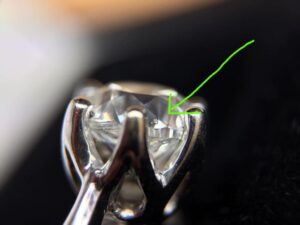

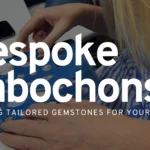
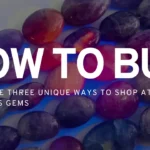

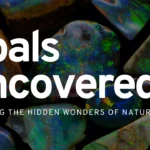
Leave a Reply